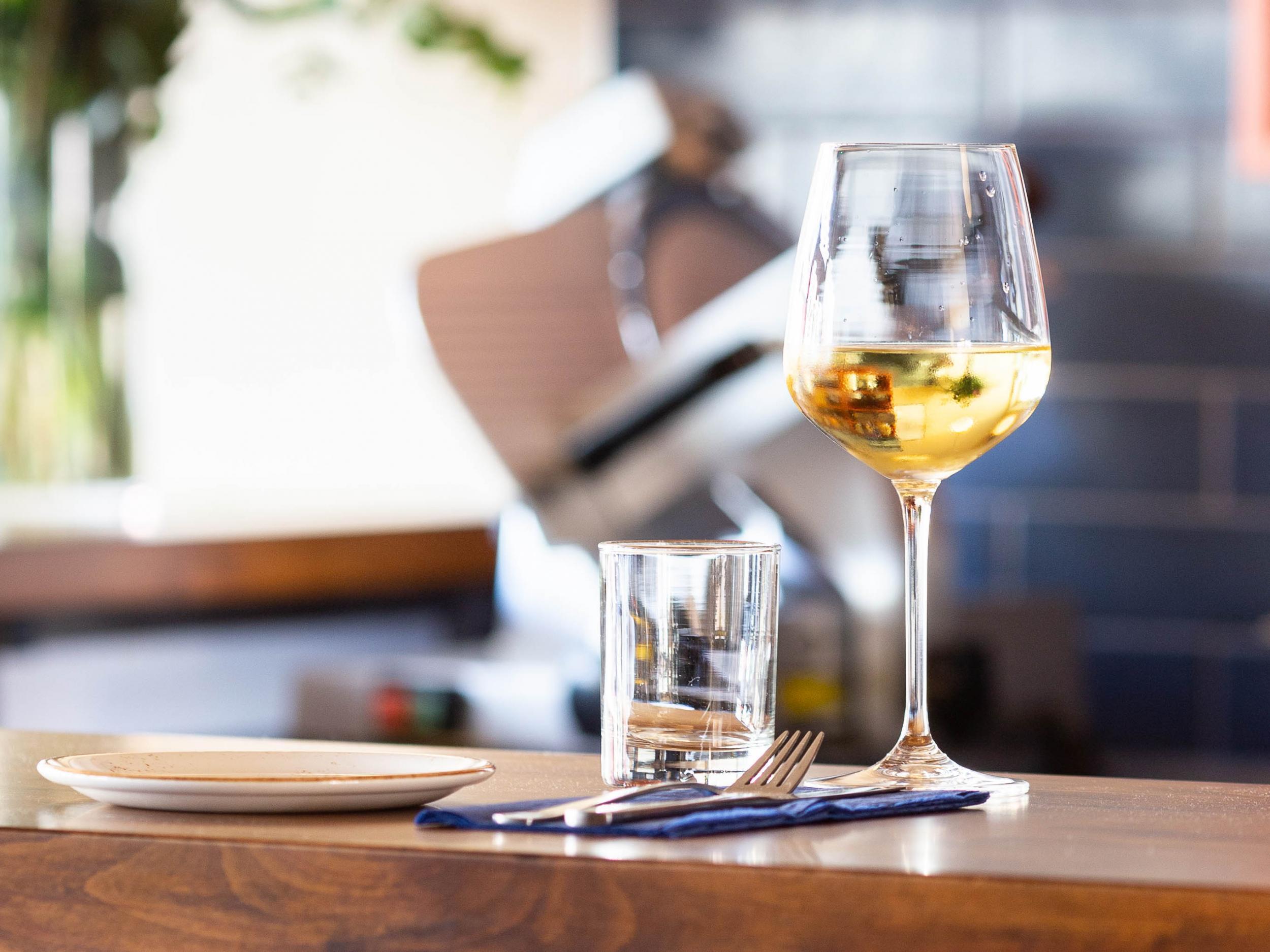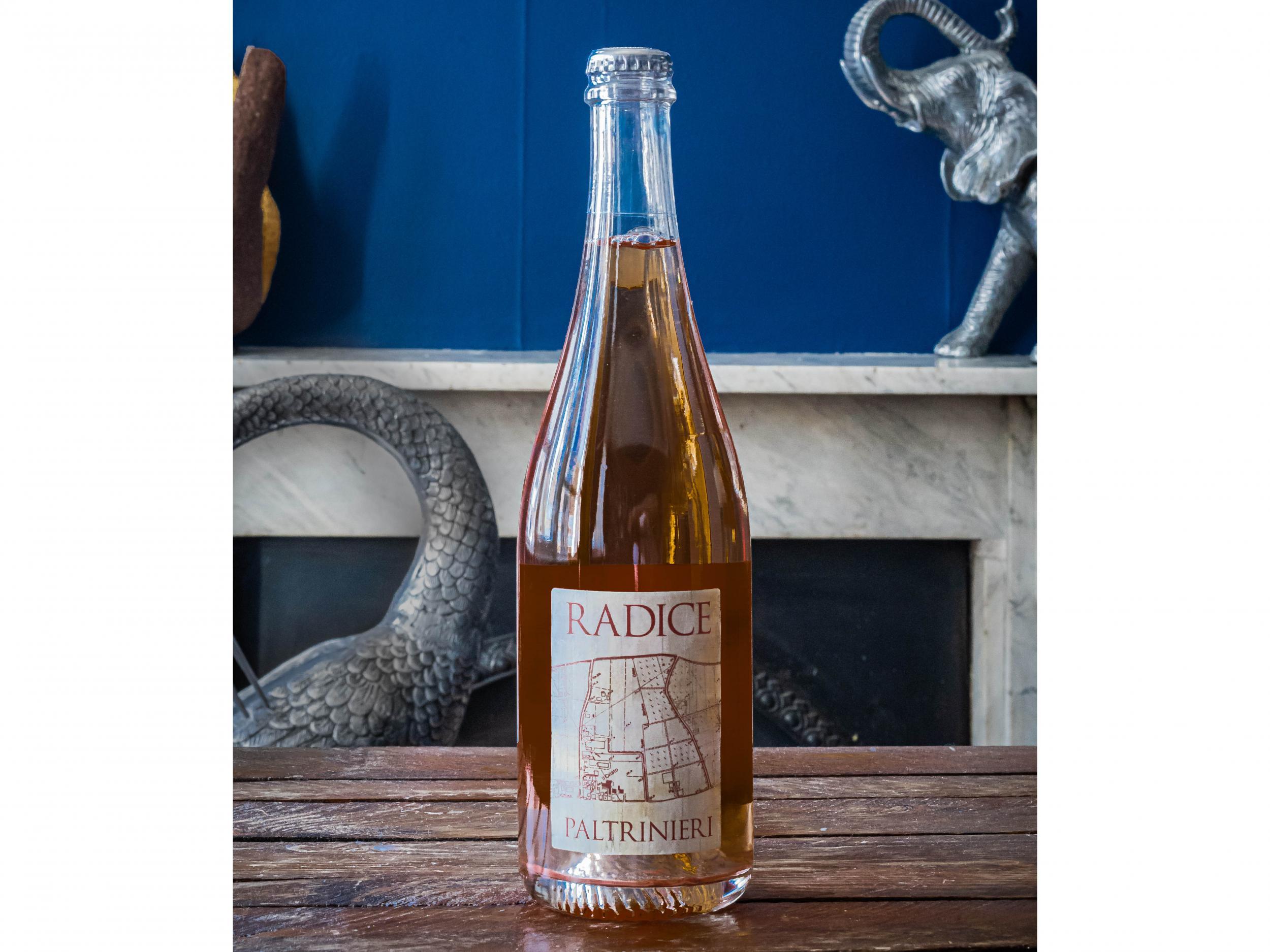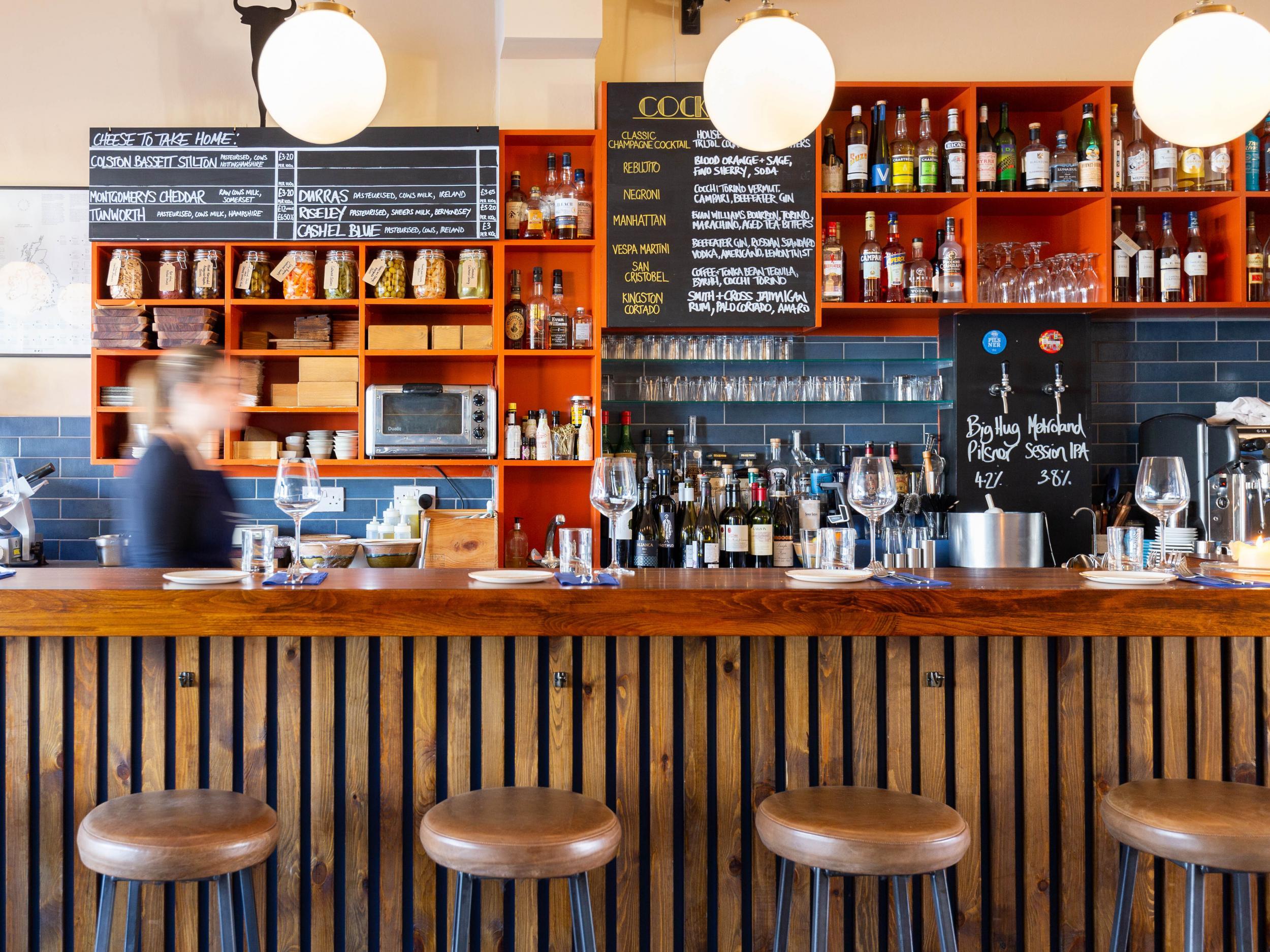Lambrusco: Why you should put your prosecco down and drink fizzy red wine instead
Forget all misconception of this drink being like sparkling Ribena. This ain't that. The Italian red with bubbles has now grown up, finds Lucas Oakeley

Your support helps us to tell the story
From reproductive rights to climate change to Big Tech, The Independent is on the ground when the story is developing. Whether it's investigating the financials of Elon Musk's pro-Trump PAC or producing our latest documentary, 'The A Word', which shines a light on the American women fighting for reproductive rights, we know how important it is to parse out the facts from the messaging.
At such a critical moment in US history, we need reporters on the ground. Your donation allows us to keep sending journalists to speak to both sides of the story.
The Independent is trusted by Americans across the entire political spectrum. And unlike many other quality news outlets, we choose not to lock Americans out of our reporting and analysis with paywalls. We believe quality journalism should be available to everyone, paid for by those who can afford it.
Your support makes all the difference.If you ever want to pinpoint a person’s age without asking, there’s a few things you can do. You could, for instance, attempt to cut them in half and count their rings like a tree. Or, should amateur dendrochronology not be your bag, you could simply ask them what they think about lambrusco.
If their nose wrinkles up as memories of nights nursing Blue Nun and sugary wine coolers come streaming back in violent technicolour, they’re old enough to remember lambrusco’s darker days. Hailing from the Emilia-Romagna region of Italy, lambrusco is a frizzante (slightly sparkling) red wine that’s best served chilled on a warm summer’s day.
The wine has unfortunately, yet perhaps somewhat fairly, gained a ropey reputation thanks to mass production of overly-sweet bottles of the stuff back in the 1970s and Eighties.
“The cheaply-made lambrusco, at that time, was like sparkling Ribena juice with a little bit of alcohol,” says Luca Dusi, a lambrusco fanatic and proprietor of the Passione Vino wine shop in east London’s Shoreditch. “It’s not a surprise it was labelled as a student drink.”
The effervescent red might still be seen by some as a vol-au-vent vino – a relic of the past we’ve long since discarded in favour of saline skin-contact wines – but just as Eighties fashion is very much back in vogue, the UK is also undergoing what Dusi calls a “lambrusco renaissance”. Yes, just like camp-collar shirts and flared jeans, lambrusco is a la mode once again and there’s no denying that the frothy, fruity, and refreshingly low-alcohol beverage is perfect for slamming back in the sun.
“The beautiful thing about lambrusco is that even the most complicated example, even the bottles from the most brutally traditional producers, are easy to understand,” says Dusi. “For some wines, your palate has to be a little more experienced to enjoy them fully but with lambrusco: it’s love at first sight.”
Before Covid-19 came to the restaurant industry like a ship to wreck, I’d fallen head over heels for the easy-drinking lambruscos that have been cropping up at numerous London restaurants including Highbury’s Westerns Laundry, Noble Rot in Holborn, and Circolo Popolare in Fitzrovia. But this reclamation of lambrusco isn’t just confined to the capital.
Independent wine shops such as Corks of Cotham in Bristol, Fourth and Church in Hove, Loki Wine in Birmingham, and The Old Garage in Cornwall have all got lambrusco on their wine lists. Even nationwide chains like Carluccio’s can be found selling bottles of bright and acidic lambrusco di Sorbara.

“I can’t think of many better wines to sit outside on a hot day with some antipasti or a barbecue,” says Phil Innes, the founder and managing director of Loki Wine – a wine merchant and wine bar in Birmingham. Innes has seen the fruit-froward lambrusco he stocks from producer Medici Ermete become a hit with customers over lockdown. “Sales have been really good and are on a par with cava... last year we sold just over 380 bottles,” Innes adds. A “not insignificant” amount for a niche category.
You might still associate lambrusco with Flash Dance and Footloose but the ancient grape has been bopping around Italy since the days of Cato the Elder. The lambrusco name refers to both the wine itself and the fruit from which the sparkling red is primarily – but not solely – composed of. There are more than 60 different varieties of the lambrusco grape, related in some shape or form, though only a few (like lambrusco salamino, for example) are widely planted. Unlike champagne, which is produced via the painstaking “traditional method”, lambrusco gets its signature fizz from a process known as the “charmat” or “tank method”.
This low-cost technique involves instigating a second fermentation in the wine while it sits in a stainless steel pressure tank. The method is cheap, effective, and creates the carbonated texture that the drink has become famous (and infamous) for.
A good, modern lambrusco will have a taut fizz and – capable of being stone-dry, sour and cloudy – isn’t too dissimilar from many of the fun and fizzy pet-nats you’ll find knocking around natural-leaning wine lists today. More than just a retro novelty, however, a lot of the lambrusco being produced today is serious business.
From timeless bottles made by renowned producers like Cleto Chiarli to natty bottles from wineries like Ca de Noci, there’s an array of super gouleyant lambrusco on the market that’s worth exploring. And, because lambrusco can vary so much in quality, if you do ever see it listed out in the wild, you can be safe in the knowledge that that wine has been selected by the sommellier for a specific reason. Usually because it’s really, really good.

Paul Morgan, co-owner of Fourth and Church wine shop and restaurant in Hove, is a strong proponent of lambrusco’s charms and is keen to “wake the customer up to the different choices that they can make’’ when considering the wine. Fourth and Church currently carries two lambruscos from natural winemaker Paltrierni as well a softer, more accessible lambrusco Grasparossa DOC from Villa Cialdini.
In the current climate, Morgan tells says the shop can expect around six mixed bottles of lambrusco a week, depending on what and how it markets its different lines. “We have created quite a following for the three different lambruscos we stock,” says Morgan. “The customers who buy into the wine and understand the category then buy the wine to show to others – this creates a nice little community of customers who trust us to work with interesting, quality-led producers.”
Buying into a wine’s ethos is essential to the enjoyment of a bottle for a lot of modern oenophiles; especially those, like myself, who find themselves easily swayed by a hand-drawn label and a pesticide-free origin story. “As wine drinkers of the world tune into traditional regional varietals and buy into the information relating to the winemaking process, the demand for quality increases and certain categories such as lambrusco get re-evaluated,” says Morgan. Being in my mid-20s, I’m thankful to be part of a generation re-evaluating lambrusco with fresh eyes.
Though that’s not to say that’s the case for everyone. “It is still a hard-sell and it’s still rare that someone will come in and specifically ask for a bottle of lambrusco,” admits Dusi. “But young people are more brave and they’re more into wine – especially the natural side of things. Give it another few years and even the older people will have totally forgotten about those obscure, dark times of lambrusco being considered shit. There will be a complete change in mind-set.”
So, the next time you’re humming and hawing over a wine list, put all your Hammer pants preconceptions aside and stop for a moment to consider the lambrusco. You might just be surprised with what you find.
Join our commenting forum
Join thought-provoking conversations, follow other Independent readers and see their replies
Comments